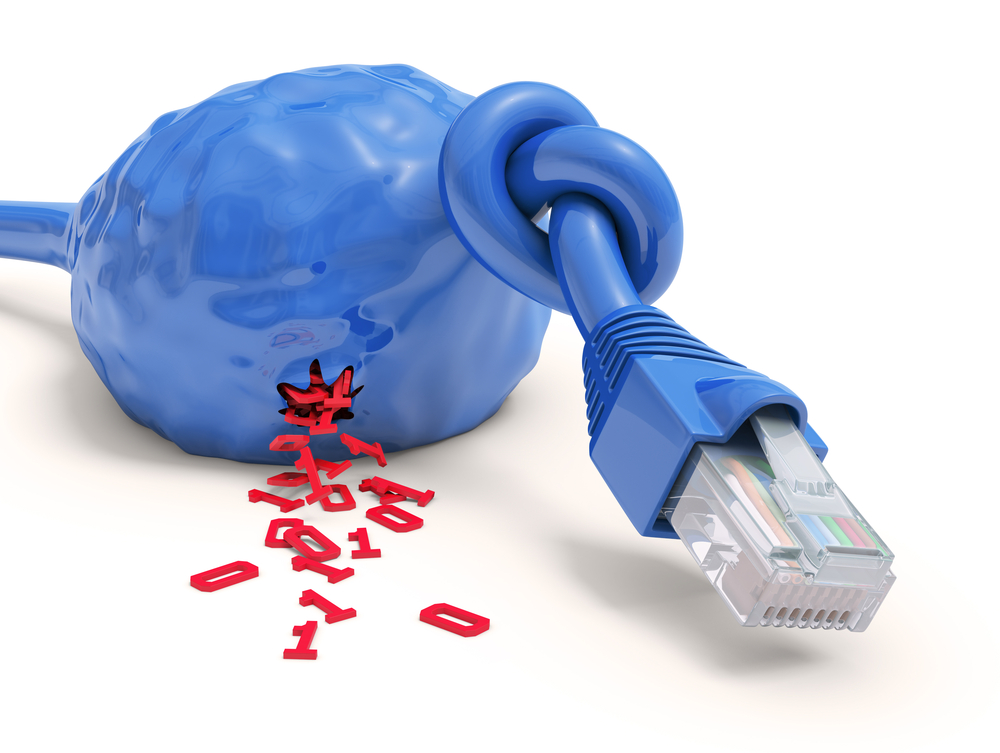The Internet is an amazing resource. Today, we can jump into our car; hit the smartphone’s navigation and go. Or in an instance we can have access to new music, the latest rolling news or recipes.
We have a wealth of data at our finger tips related to our jobs, personal information and entertainment services. We don’t need to wait for anything anymore. It’s a precious resource and one we need to protect.
But, the capacity crunch could put the lifestyle we know and love at risk. The Telegraph reported last month that the Internet is consuming at least 8% of Britain’s power output, with the energy demand from data transmission and storage as well as smartphones, laptops and televisions. We have seen consumption double every four years, according to one estimate.
> See also: Three steps for the IoT to grow up, get out of the house and into industry
Academics believe we have a potentially disastrous capacity crunch upon us. Andrew Ellis, Professor of optical communications at Aston University said to the Sunday Times:
'[Internet consumption] is growing so fast, currently at an exponential rate, that, in theory, it could be using all the UK power generation by 2035. Laying extra cables to take more data is likely to lead to sharp rises in Internet access costs and also the amount of power needed.' He continued, 'New cables could quickly restrict or reduce access, perhaps by metering consumers so they pay for what they use.'
Internet of Things, smartphones and internet connectivity
Now, consider how we are only at the beginning of the Internet of Things (IoT). Cisco IBSG predicts there will be 25 billion devices connected to the Internet by 2015 and 50 billion by 2020.
It is important to note that these estimates do not take into account the rapid advances in Internet or device technology. The numbers presented are based on what is known to be true today. Add IoT connectivity combined with smartphone usage – 2 billion smartphone users worldwide by 2016 – with business and home connectivity; now we have a global issue.
Scientists fear that even with technical advances that already have greatly multiplied the amount of data that can be sent down optical fibres, cables are reaching the physical limit of what they can take, without distorting the signal.
Just look at the data
What if the solution wasn’t to look at fibre capacity, but instead to look at what we are actually sending down the network? What if each and every application became responsible for its data distribution? Would that help to solve the capacity crunch? We think so.
When an app user connects to a device, all the information is sent to the person – stock updates, sports betting odds or latest news. When new data becomes available, the back-end sends all of it to the application, even the static. Is it necessary to resend all the stagnant information? We think not.
Instead, what if we didn’t send it? Consider how much less data we would need to send down the network and therefore, encourage app efficiency.
Reducing power
If every app developer took this approach, not only would we use the network practically, but in not sending redundant data, we would also save on our hardware footprint. This means reduced power consumption by default.
> See also: IoT scale brings complex, connected-data challenges to CIOs
If we combine this with technology that can cache data, we reduce the process cycles and limit energy usage. And finally, because only deltas are sent as above, more power is reduced.
Data is more than a currency. It is actually a utility in its own right because information is as important as gas, electricity and water.
Sourced from Lee Cottle, Director, VP Global Head of Sales, Push Technology







